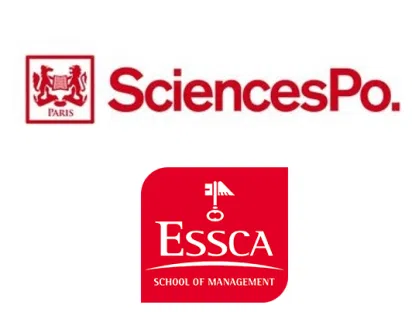Following the Arab Spring turmoil, Middle East and North African (MENA) countries’ overall instability has significantly increased which resulted in the decrease of foreign direct investment (FDI) flows. The purpose of this paper is to contribute to the research on determinants of FDI inflows to the MENA region by examining the relationship between state fragility and FDI.
Design/methodology/approach
A panel data analysis was conducted to study the impact of Fragile States Index (FSI) and its components, namely economic, social and political/military state fragility, on FDI inflows to seven MENA countries situated in the Southern and Eastern Mediterranean (SEMED) region over the period 2006-2016.
Findings
The results show that the increase of political state fragility deters FDI inflows to SEMED countries. By contrast, their economic and social state fragilities are insignificant for FDI. This could be explained by the fact that investors are usually attracted by government stability and a strong investment profile.
Research limitations/implications
Given the fact that previous research has not yet validated FSI as a new FDI determinant, the results should be interpreted with some caution. It may also be worth examining the impact of FSI on FDI by industry sector in future studies.
Practical implications
The results reveal that FSI could help MNEs investing in the MENA region assess and better manage the economic, social and political/military risks they face.
Originality/value
This study introduces a new FDI determinant and stresses the importance of state fragility in attracting FDI.
Author
Anna Dimitrova, (International Studies and Business Department, ESSCA School of Management, Paris, France)
Dora Triki, (Department of International Affairs, ESCE International Business School, Paris, France)
Citation
Anna Dimitrova, Dora Triki, (2018) « Does state fragility matter for foreign direct investment? Evidence from Southern and Eastern Mediterranean countries », Management Decision, Vol. 56 Issue: 8, pp.1787-1803, https://doi.org/10.1108/MD-03-2017-0252
[cite]





